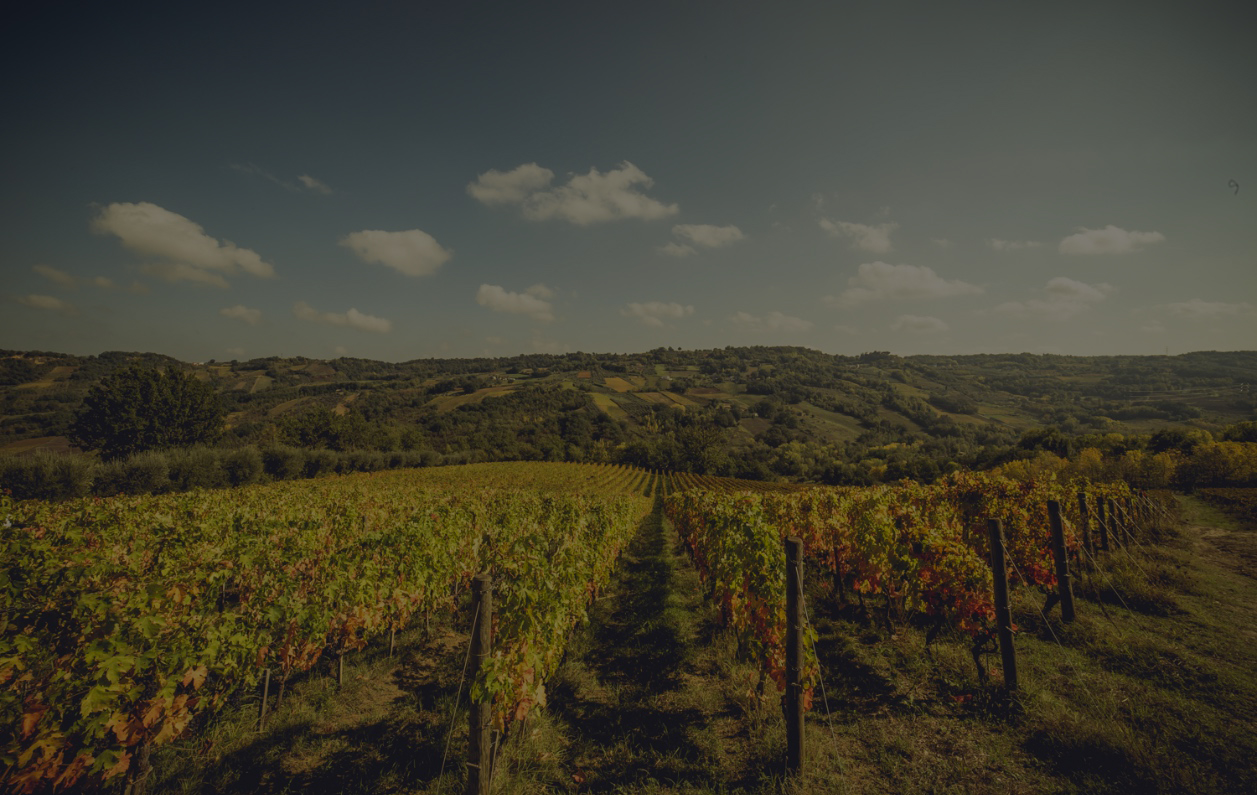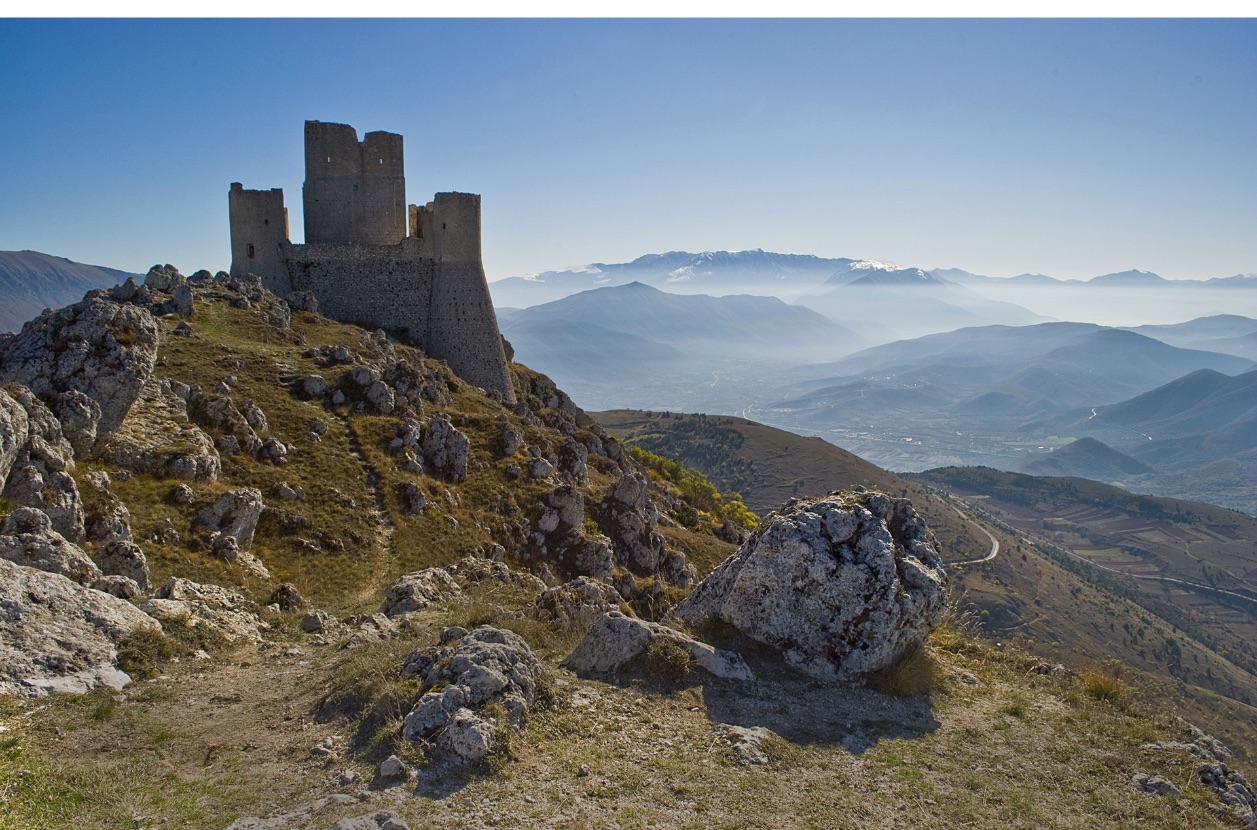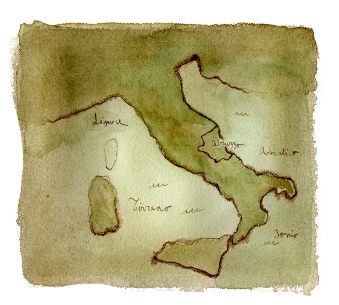The Abruzzo region is very varied: a harsh landscape, sometimes wild, that slopes rapidly from the mountains to the hills all the way to the Adriatic. The intuition of Gianni Masciarelli and his technical team was to identify the plots whose soil and climate characteristics were able to enhance the character of each individual grape variety, native or international.
A patrimony of over 60 parcels of vineyards in Abruzzo

Starting from the south, in the innermost part of the province of Chieti, the hills stretch between the Adriatic sea and the Majella massif (up to 2,700 m asl), elements that profoundly influence the climate. In summer, the temperature can vary from 15 degrees between day and night, offering a generally colder microclimate, compared to the rest of the province. The soil is characterized by a strong presence of limestone; numerous rivers and streams create a great variety of microclimates and environmental niches.
In the province of Pescara, in the vineyards of Loreto Aprutino, the grapes enjoy a splendid slope, about 200 meters above sea level, with clay and loamy soils and a Mediterranean climate. Halfway between the sea and the Calderone glacier, the vineyards are perpetually at the center of an air flow that, by mitigating the torrid summer days, allows a gradual maturation of the tannins. Without doubt one of the best terroirs of all Abruzzo, where the wines acquire deep aromas, tannins and complexity, without falling into an excessive rusticity.
In the northern part of Abruzzo, the province of Teramo is known as one of the best areas for Montepulciano and abounds in interesting terroirs, such as the famous wine town Controguerra and the valleys around Teramo. The hills, generally low, gently slope from the feet of the Gran Sasso towards the sea. The proximity of the latter (10-20 km) makes the average daytime temperatures generally warmer, while the soils are predominantly clayey and often red in color. Montepulciano here is enriched with typical vegetal notes typical of the sea (fern, gooseberry), large tannins and round structure.
The province of l’Aquila is, almost entirely, the mountainous part of Abruzzo. It is the only one of the provinces of Abruzzo that has no access to the sea and extends from north to south parallel to the coastline. It is characterized by important plateaus of lacustrine origin, around which the most consistent human settlements are located, surrounded by the massifs of Gran Sasso and Monti della Laga northeast, Sirente-Velino and Monti Simbruini, Monti Cantari and Monti Ernici to the west, Majella to the east, and Monti Marsicani and Monti della Meta to the south.
Abruzzo,
Unique Nature in the world
When we speak of Abruzzo, we can only admire and emphasize the beauty of its Nature. This is testified by the three (four considering the Marine Protected Area “Torre del Cerrano”) National Parks, the vast Sirente-Velino Regional Park, and countless Natural Reserves and WWF Protected Areas. It is therefore not by chance that it is called “Green Region of Europe.”
Its peculiar geo-morphological structure, in this, plays an important role; it is certainly thanks to it that it was possible to develop such a variety of environments, from inhospitable summit grasslands, to low and comfortable sandy beaches, through the rolling hills, jagged ravines, century-old forests (just to stay in the terrestrial context), which are certainly the main reason for the wealth of biodiversity that characterizes the region.







